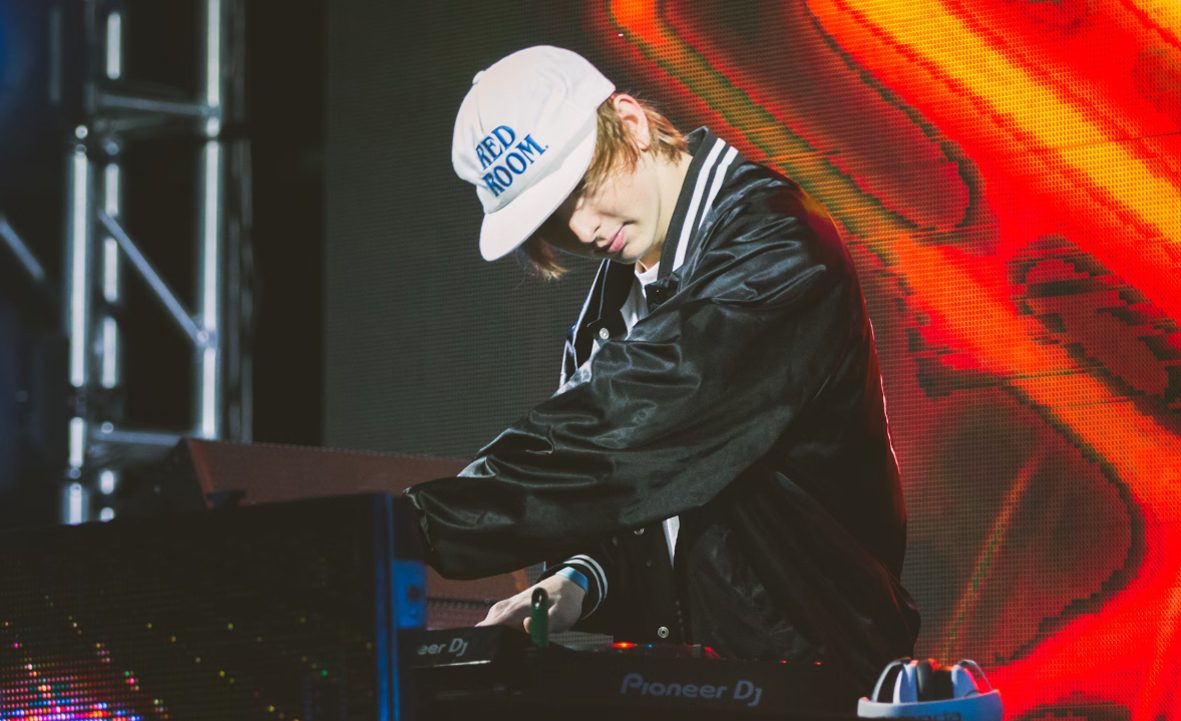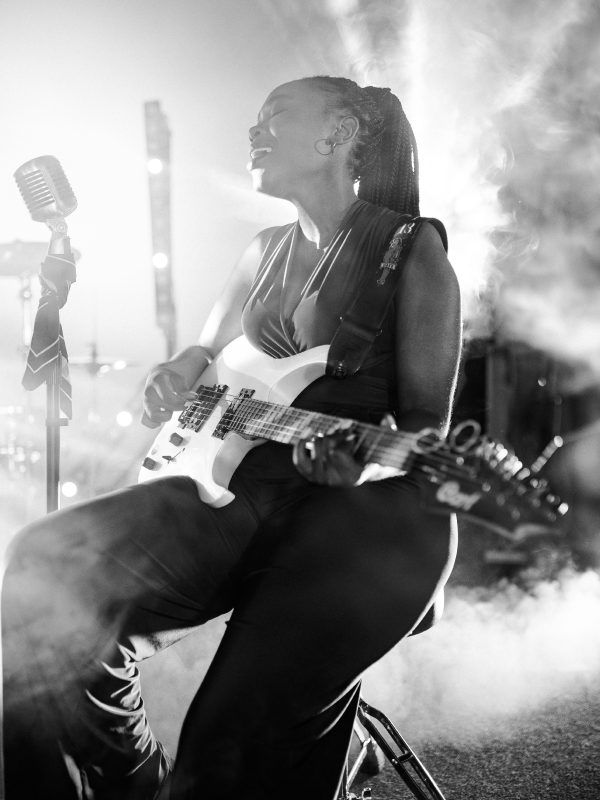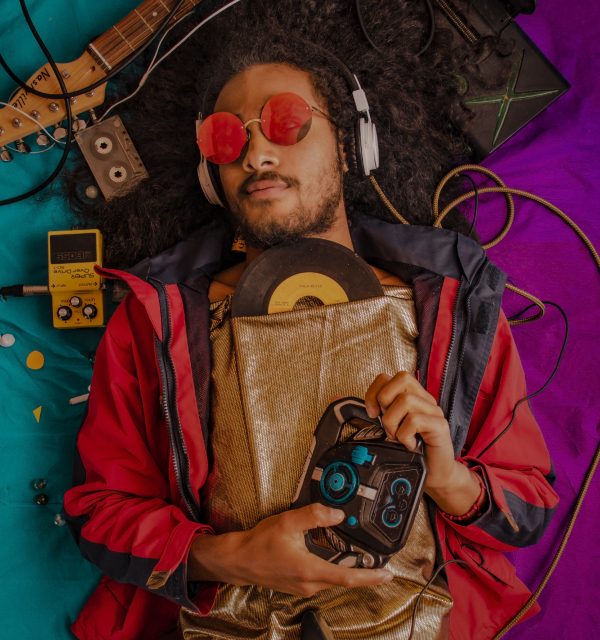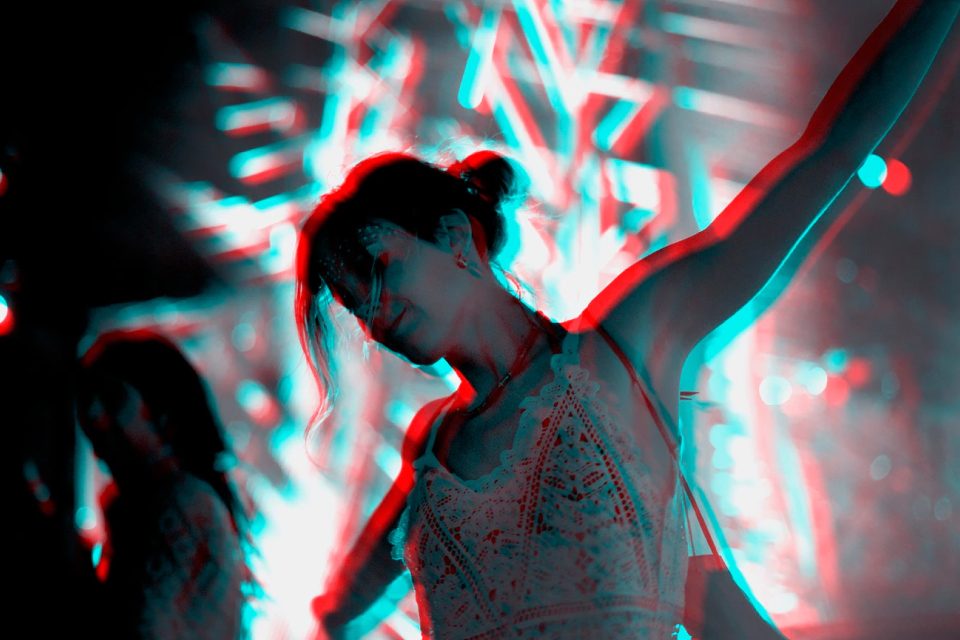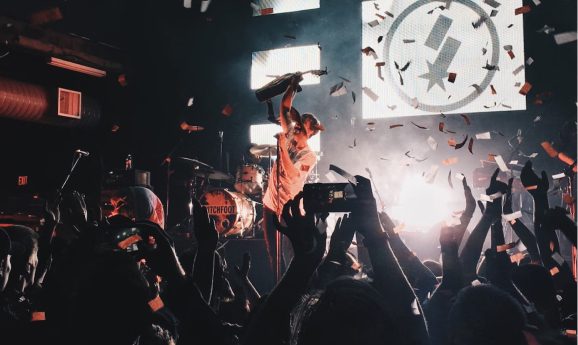The Birth of Bedroom Pop: A Digital Era Phenomenon
In the age of streaming platforms and social media, music has found a new breeding ground—the bedroom. Gone are the days when recording an album required expensive studio time and industry connections. Instead, a laptop, a microphone, and a creative spark are enough to produce music that resonates globally. This democratization of music-making has given rise to bedroom pop, a genre and movement that embodies the DIY spirit of modern creativity.
Bedroom pop isn’t just a genre; it’s a phenomenon that reflects the cultural and technological shifts of the digital era. Characterized by intimate, lo-fi production and emotionally raw lyrics, it has become a favorite among Gen Z and millennial audiences who value authenticity and relatability over polish and perfection. The rise of bedroom pop highlights how technology, creativity, and accessibility have redefined the music industry.
The Rise of Bedroom Pop
The origins of bedroom pop can be traced back to the early 2010s, when platforms like SoundCloud and Bandcamp began providing independent musicians with a direct line to their audience. Free from the constraints of traditional record labels, artists could share their work instantly, bypassing gatekeepers and connecting with listeners on a personal level. This shift empowered a new generation of musicians to experiment with sound and storytelling.
Artists like Clairo, whose viral hit Pretty Girl was recorded on a laptop webcam, and Cuco, known for his dreamy blend of indie and R&B, epitomize the bedroom pop aesthetic. Their music, often self-produced, feels personal and unfiltered, resonating with fans who see their own experiences reflected in the lyrics and soundscapes.
Characteristics of Bedroom Pop
- Lo-Fi Aesthetic:
Bedroom pop embraces imperfections, with raw and unpolished production becoming a signature sound. Static, reverb, and minimalistic instrumentation create an intimate vibe that feels like a personal diary set to music. - Emotionally Honest Lyrics:
Themes of love, heartbreak, anxiety, and self-discovery dominate bedroom pop, reflecting the inner lives of its largely young creators and listeners. - DIY Spirit:
From recording and mixing to album art and promotion, bedroom pop artists often handle every aspect of their work. This hands-on approach adds to the genre’s authenticity. - Digital Influence:
Bedroom pop thrives on streaming platforms and social media. Algorithms on Spotify or YouTube help connect niche artists with their target audiences, while TikTok serves as a launchpad for viral hits.
Global Influence of Bedroom Pop
The bedroom pop movement is not confined to any one country or culture. In India, the indie music scene has embraced this phenomenon, with artists like Tejas and Anuv Jain blending bedroom pop aesthetics with local flavors. Anuv Jain’s Baarishein is a perfect example of how introspective lyrics and minimalist production can strike a chord with listeners across the country.
Regional languages are also finding a place within the movement. For instance, Tamil and Malayalam indie artists are experimenting with lo-fi production, using local narratives and instrumentation to create a fresh take on bedroom pop. Platforms like Spotify’s “Indie India” playlist and YouTube have played a pivotal role in giving these artists visibility.
Globally, bedroom pop has become a melting pot of influences. Latinx artists like Cuco and Japanese-American musicians like Joji are incorporating elements of their heritage into the genre, creating a sound that is as diverse as its creators.
Technology: The Catalyst of the Movement
The birth of bedroom pop is inseparable from the technological advancements that have democratized music production. Affordable digital audio workstations (DAWs) like GarageBand, Logic Pro, and FL Studio have turned bedrooms into full-fledged studios. Plug-and-play interfaces and USB microphones mean anyone with a computer can start creating.
Streaming platforms have further amplified this accessibility. Bedroom pop artists no longer need a label to distribute their music; platforms like SoundCloud, Spotify, and Apple Music allow for direct uploads, giving artists complete control over their work. Social media platforms, particularly TikTok, have become essential in promoting tracks, with many bedroom pop hits gaining traction through viral trends and challenges.
Cultural Impact of Bedroom Pop
- Redefining Success:
Bedroom pop challenges traditional metrics of success. Artists can build loyal fanbases without needing radio play or big-budget marketing campaigns. The focus shifts from numbers to connection, creating a more meaningful artist-listener relationship. - Empowering Marginalized Voices:
The accessibility of bedroom pop has made it a platform for underrepresented groups. Female artists, LGBTQ+ creators, and people of color have found space to share their stories without industry-imposed constraints. - Sparking Creativity:
The genre’s DIY ethos inspires a wave of young musicians to pick up a guitar or start experimenting with beats. Its rise symbolizes a cultural shift where creativity is valued over perfection.
Challenges of Bedroom Pop
While bedroom pop has opened doors for many, it’s not without its challenges. The saturated digital landscape makes it difficult for artists to stand out. With so many creators vying for attention, maintaining visibility and building a sustainable career can be tough.
Additionally, the pressure to constantly produce content for social media and streaming platforms can be overwhelming. Artists risk burnout as they juggle the dual roles of creator and promoter.
As technology continues to evolve, so will bedroom pop. AI tools for music production, virtual reality concerts, and blockchain for artist royalties are poised to shape the next wave of the movement. In India, where the indie scene is growing rapidly, bedroom pop could serve as a bridge between regional sounds and global trends, creating a uniquely Indian take on the genre.
What makes bedroom pop enduring is its authenticity. It’s a reminder that great music doesn’t need million-dollar studios or flashy production—sometimes, all it takes is a heartfelt melody, a quiet room, and a laptop. As long as there are bedrooms, there will be bedroom pop—a testament to the power of creativity in the digital age.



